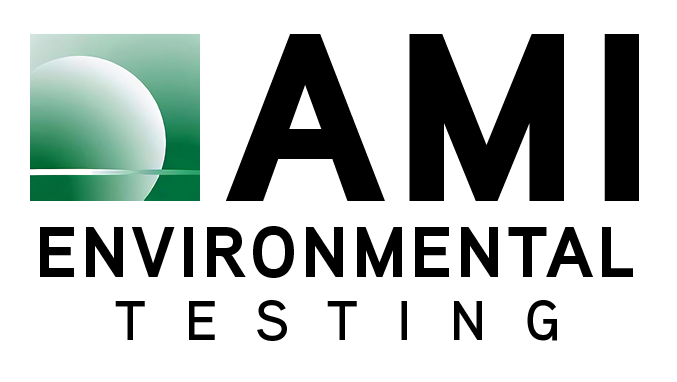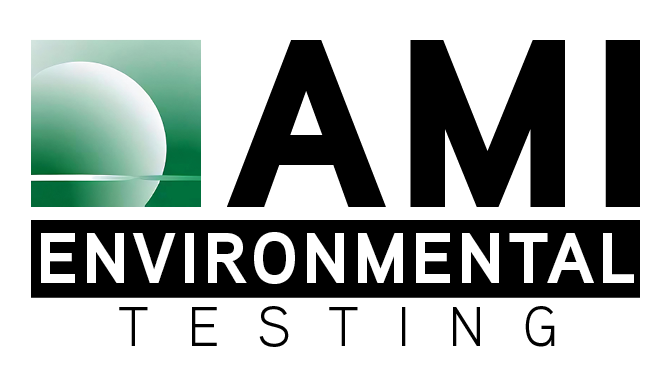In building maintenance and construction, effectively overseeing air parameters within confined spaces is essential to uphold the safety of workers and maintain the structural integrity of the building. Confined spaces within buildings encompass a range of environments, including crawl spaces, attics, and service ducts, each presenting unique challenges for air quality management.
Oxygen levels within these spaces must be carefully monitored to prevent the risk of asphyxiation, particularly in areas with limited ventilation. Additionally, the accumulation of toxic gases such as carbon monoxide, formaldehyde, and volatile organic compounds (VOCs) can occur, posing health hazards to occupants and workers.
Effective ventilation systems are vital for maintaining optimal air quality within confined building spaces. Properly designed ventilation systems facilitate the exchange of indoor and outdoor air, preventing the buildup of harmful pollutants and ensuring a steady supply of oxygen.
Regular air quality testing and inspection protocols should be implemented to identify potential hazards and ensure compliance with safety regulations. Furthermore, training programs should be provided to building maintenance personnel to equip them with the knowledge and skills necessary for safe operation within confined spaces.
By prioritizing the management of air parameters in confined building spaces, stakeholders can create safer and healthier environments for occupants and workers alike, fostering a culture of safety and well-being within the built environment.



